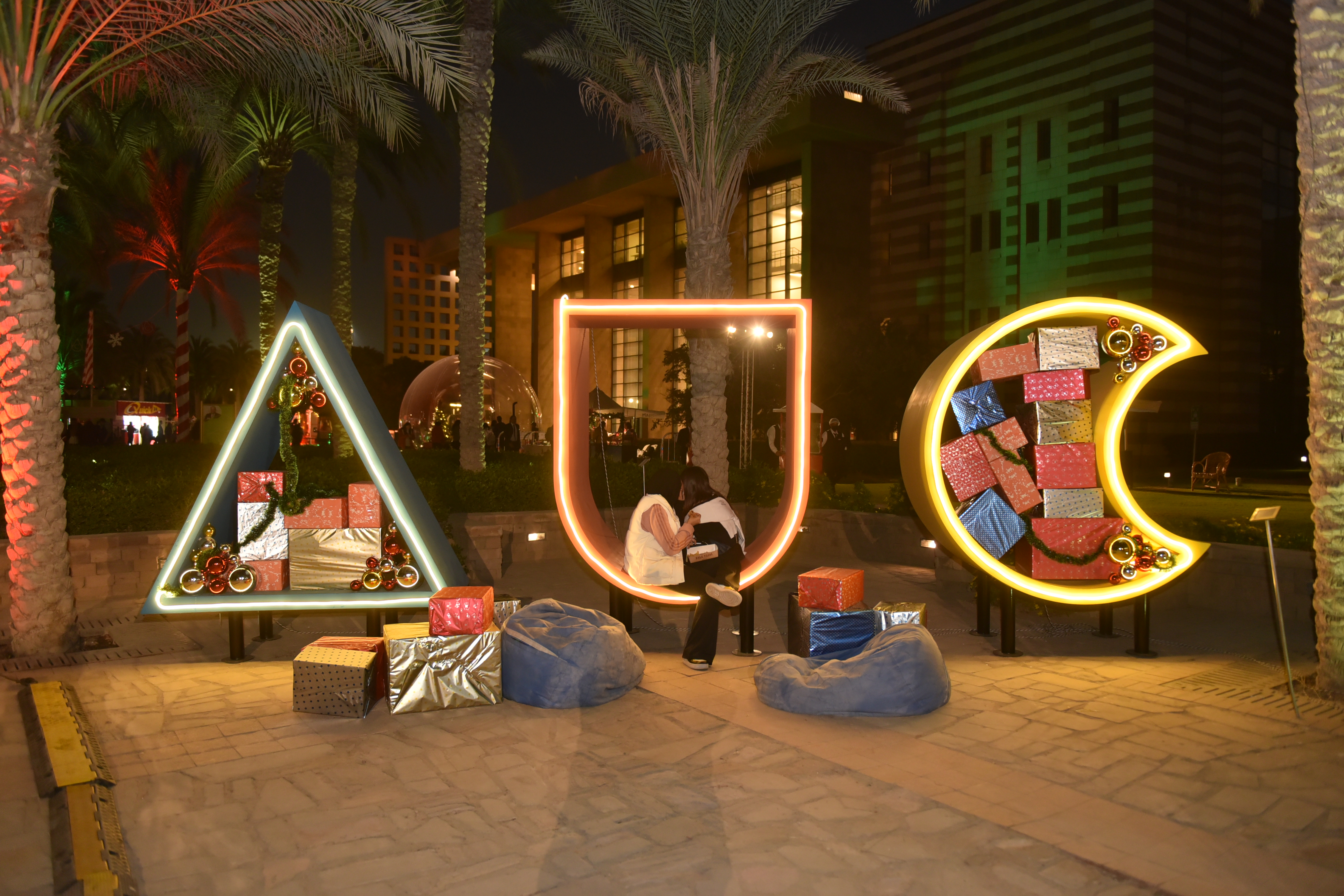KHALED TARABIEH
ASSISTANT PROFESSOR
OF SUSTAINABLE DESIGN
DEPARTMENT OF ARCHITECTURE
Seizing the moment for green architecture
The Inspiration
The simple truth is that the way we build our buildings will determine the survival of future generations. Our homes, our stores, our offices, our factories — building them requires a vast expenditure of energy in the form of materials, waste, recycling, resource use and efficiency. We continue to use concrete and red bricks in the same way as decades ago. We have increased our use of building systems for our comfort, which has a devastating impact on our energy bills. Our construction waste remains high at all times, with a record number of landfills and a maximum load on our environment. Our carbon emissions continue to increase, with limited efforts to curb them. The moment for green architecture has arrived.

It’s time to look carefully at our built environment, think outside the box and build a sustainable future — not only in terms of renewable forms of energy, but also enhancing our conventional building methods and materials, adopting a greener and sustainable approach that puts efficiency as a design principle and delivering buildings with much better quality, minimum emissions and a lesser load. At the Building Sciences Lab, we’re exploring a number of ways to do that.
The Process

All of our research projects, from smart window applications to thermal performance of building materials, are interdisciplinary. We draw faculty and students from across the University: construction engineering, mechanical engineering, computer science, physics, chemistry and psychology. We use state-of-the-art equipment, starting with our Environmental Testing Chamber, which allows us to conduct full-scale thermal testing on composite walls made with any building materials currently used in the market or under development in our labs, such as building blocks made with compressed earth, upcycled building materials made from plastic bottles or shredded waste paper and resin. In other words, instead of relying on computer simulation models alone, we can set up actual building conditions and validate or calibrate our simulation models through experimental testing and observe how they perform in real time.
We use calibrated state-of the-art measuring equipment to sense the performance of our environment in all of our work: air-quality testing devices to determine the level of gases in our air; weather stations to monitor sonic wind measurements, solar radiation, ambient temperature, relative humidity and the amount of rainfall; devices to measure the visible transmittance of our glazing systems; humidity sensors for wood characterization to develop a smarter generation of windows; and metering systems to measure campus building energy use and make us aware of our carbon emissions, enabling us to determine our environmental load as a campus and take the appropriate measures to benchmark with our peer institutions worldwide. That’s the bulk of our work: testing materials and finding ways to make them energy-efficient, cost-effective and accessible, and taking action toward better building designs.
The Next Steps
We keep expanding our research to account for other links in the construction chain. The performance of our buildings doesn’t depend only on the quality of the materials. It also depends on how we use, install, apply and maintain the materials and, most importantly, how we educate our students and integrate our research in the labs with knowledge in the classroom. We’re looking at the process from start to finish, capitalizing on the young minds as our primary asset to mitigate the present environmental challenges and instill green buildings as a means of coexisting with the environment. We are adopting a cradle-to-cradle mindset instead of the conventional cradle-to-grave.
The IMPACT

We want to transform the built environment to show that green architecture is a smart, sustainable solution to a major problem. Here’s one small example: Windows are a critical part of any effort to conserve energy in a building. Most builders choose windows based on cost, and in Egypt, they rely on word of mouth to find suppliers. We’re developing a rating system for smart windows so builders can easily access information about inexpensive, energy-efficient, high-functioning windows. In effect, we’re helping to create a market for green windows. If builders want these products, the industry will want to provide them. That’s how transformation starts.
The Future
Because we’re a liberal arts research University, because we work across disciplines, because we were founded to help solve problems and share knowledge — this is a place where the sky is the limit. Just think of our approach to sustainability. When we built our New Cairo campus, we made sure it was a model of best practices in green architecture and landscape design. Everywhere you go on campus, you can spot environmental design thinking: in our building materials and systems, in the strategic placement of our vegetation, and in the indoor and outdoor spaces created for people to use on a daily basis. AUC produced the region’s first Carbon Footprint Report for a university campus, of which I was privileged to be part of the AUC team, and using this data, we were able to drop our energy performance down by 33% in the last decade. We lead by example — generating creative, innovative, impactful ideas and turning them into reality.





Leave a Reply